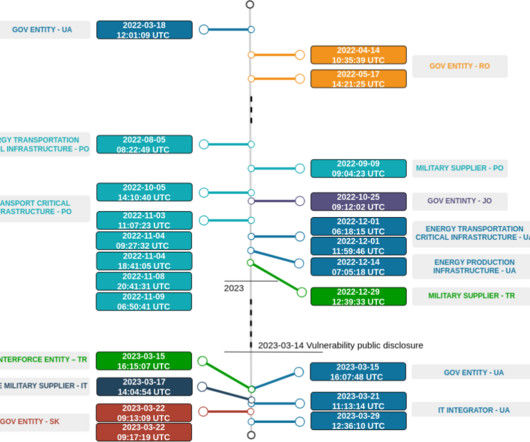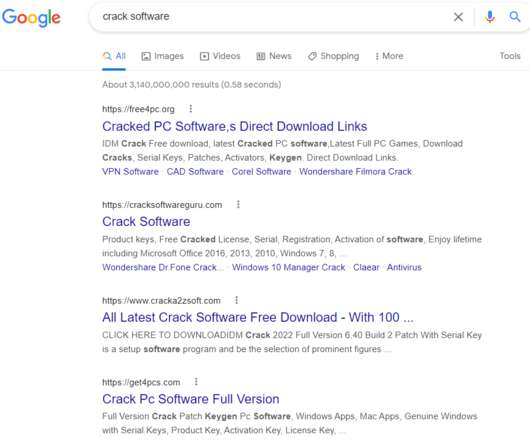Malvertising Is a Cybercrime Heavyweight, Not an Underdog
SecureWorld News
MARCH 29, 2024
The concept of the term "malvertising" (a portmanteau of "malicious advertising") suggests an overlap with ads, albeit dodgy ones, and therefore fuels the fallacy that its impact hardly goes beyond frustration. This ends up executing sketchy code that installs viruses, ransomware, spyware, or adware behind the victim's back.





















Let's personalize your content